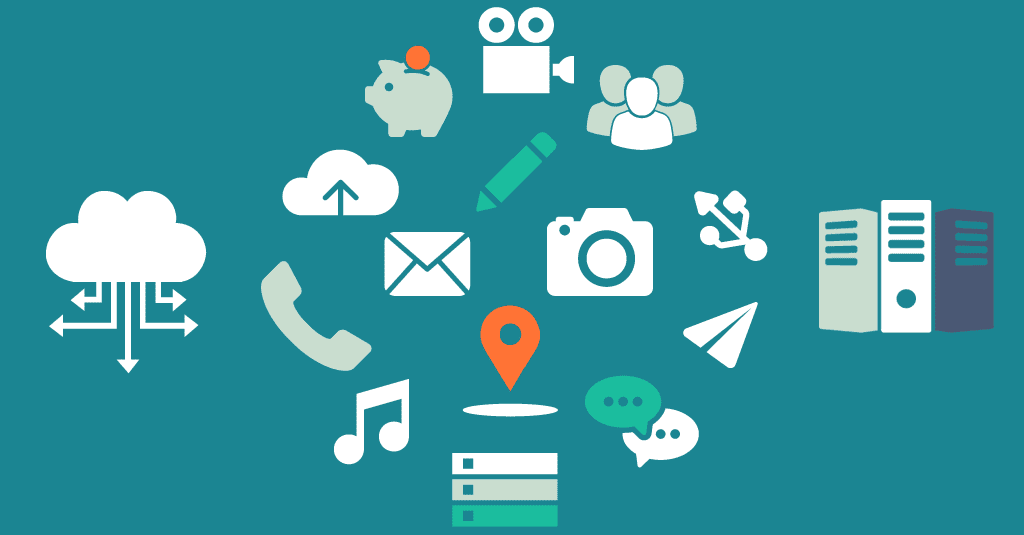The principle focus of Modern B2B marketing and sales teams is to maintain customer interest throughout the engagement process. Organizations are trying to build and maintain a uniform experience across various touch-points that a customer interacts with to enhance customer service. They are implementing modern marketing automation solutions to get more insights on customers’ behavior and preferences.
Two key approaches of consolidating Big Data are lead scoring and predictive analytics. Lead scoring is the process of ranking prospects against a score that signifies the perceived value of each lead to an organization. Predictive analytics consist of algorithms, structured and unstructured data, and other data to predict behavioral intentions.
How Can You get The Most Out of This Significant Engagement Technique?
Set the proper Criteria: Nail down what’s essential for your sales and marketing teams for nurturing a lead. Your approach should be consistent and objective.
Automate the Procedure: Despite the fact that there is the provision of human modeling while estimating the ranking of leads, the hard way of going through all the data is using certain algorithms. Assemble and evaluate all the contact leads you have with your offering.
Aspects in Explicit and Implicit Criteria: “Explicit” criteria refers to easy-to-find information that helps figure out whether the leads are well-suited for industry, company size, products or services, etc. On the other hand, “Implicit” points out the action of the active party. If they open emails, register for webinars or download white papers, they are considered as interested prospects. Check out who they are and whether they have control over budget or authority to buy and sort through the hodgepodge.
Comply with Sales and Marketing: Cross-check the leads in your database among all the departments; and while doing so, double-check potential leads shouldn’t get pummelled with messages.
Ranking of leads turns campaigns more compelling and productive. Through external factors such as demographics and internal factors like behavior analytics, marketers will be able to figure out customer intent and furnish well-suited messaging at the points in which the customers are approachable to these messages.
Visualize Analytics
Predictive analytics comes up with mathematically and scientifically derived equations that look forward to how your prospects might acknowledge to marketing efforts, by empowering B2B companies to serve them at every touch-point.
Most organizations want to substantiate a real return on investment (ROI) with their marketing endeavors. Big Data facilitates your B2B organization to undertake that by assembling data based on the actions of customers (whether they opened the email, clicked the link or they inserted their email address). Also, it measures activities that the customers don’t take.
The maximum of this information is assembled, the convenient it is to predict positive outcomes.
Here Are Some Advantages of Predictive Analytics for B2B Business:
- Endowed with competence to process extensive data and anticipate behavior Upgraded ROI—cost-effectiveness without compromising business competency.
- The Response modeling pattern—figures out purchases, responses and invalidation under some particular conditions.
- Upholds response modeling- additional impact on direct marketing actions.
- Retention of customer and figuring churn out rate.
- It is helpful towards Risk modeling as well as fraud detection and finding out financial and credit information to estimate whether to do business with a company or not.
- By examining huge amounts of data to take care of patterns and systematic relationships, data mining is considered as the groundwork for predictive analytics.
Final Speculations
Companies that employ tools such as lead scoring and predictive analytics are awarded superior outcomes from their marketing campaigns, approximated at more than twice than mass marketing campaigns.
Summary
B2B marketers profoundly use Big Data to furnish multiple contacts to serve and inform the prospects and substantially convert them into customers. In that way, B2B companies get benefited by using both the aspects such as the human touch of lead scoring as well as the stone cold Data-mining number-crunching of analytics to figure out which customers are authentic and dedicate their resources accordingly.

